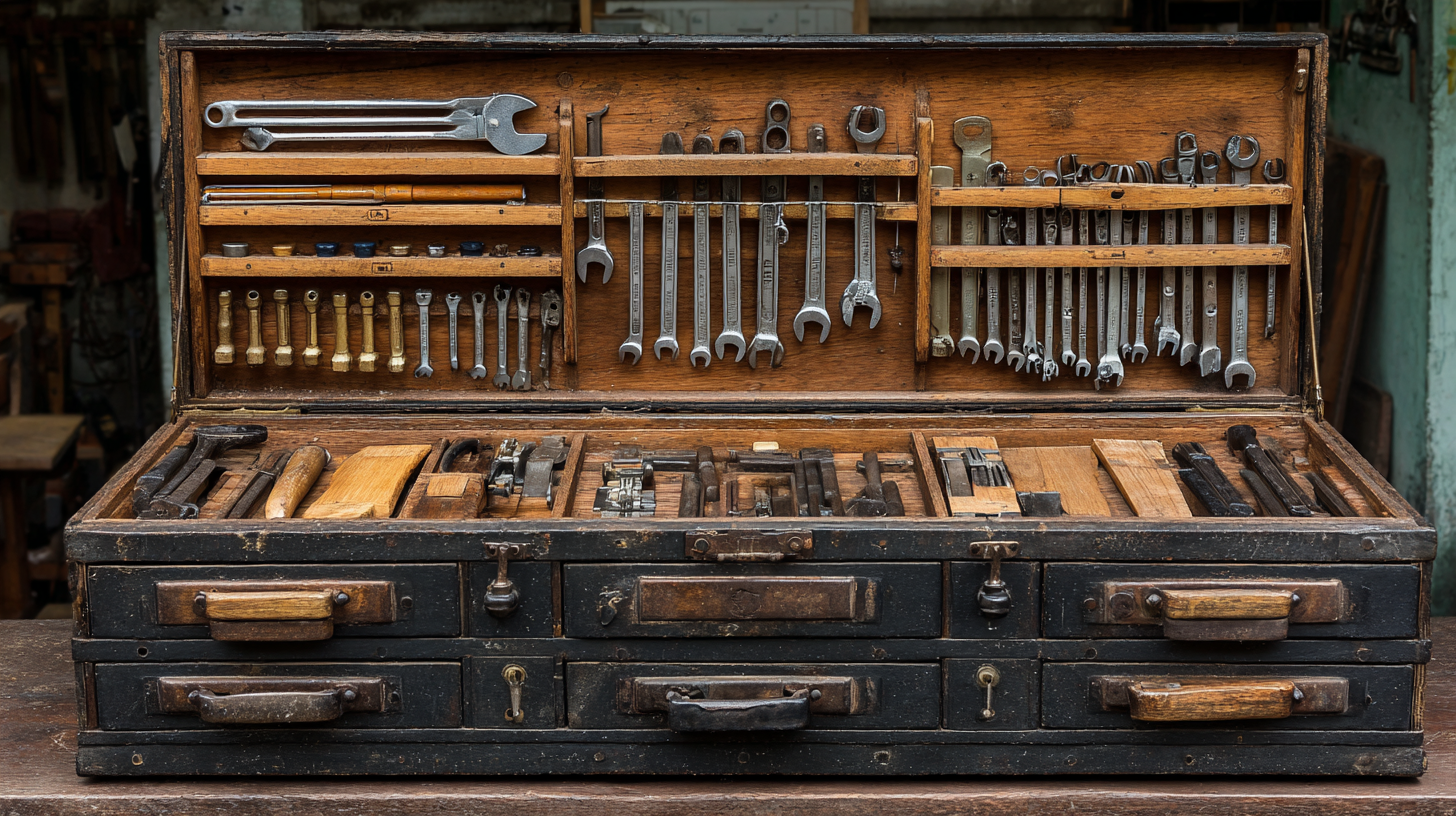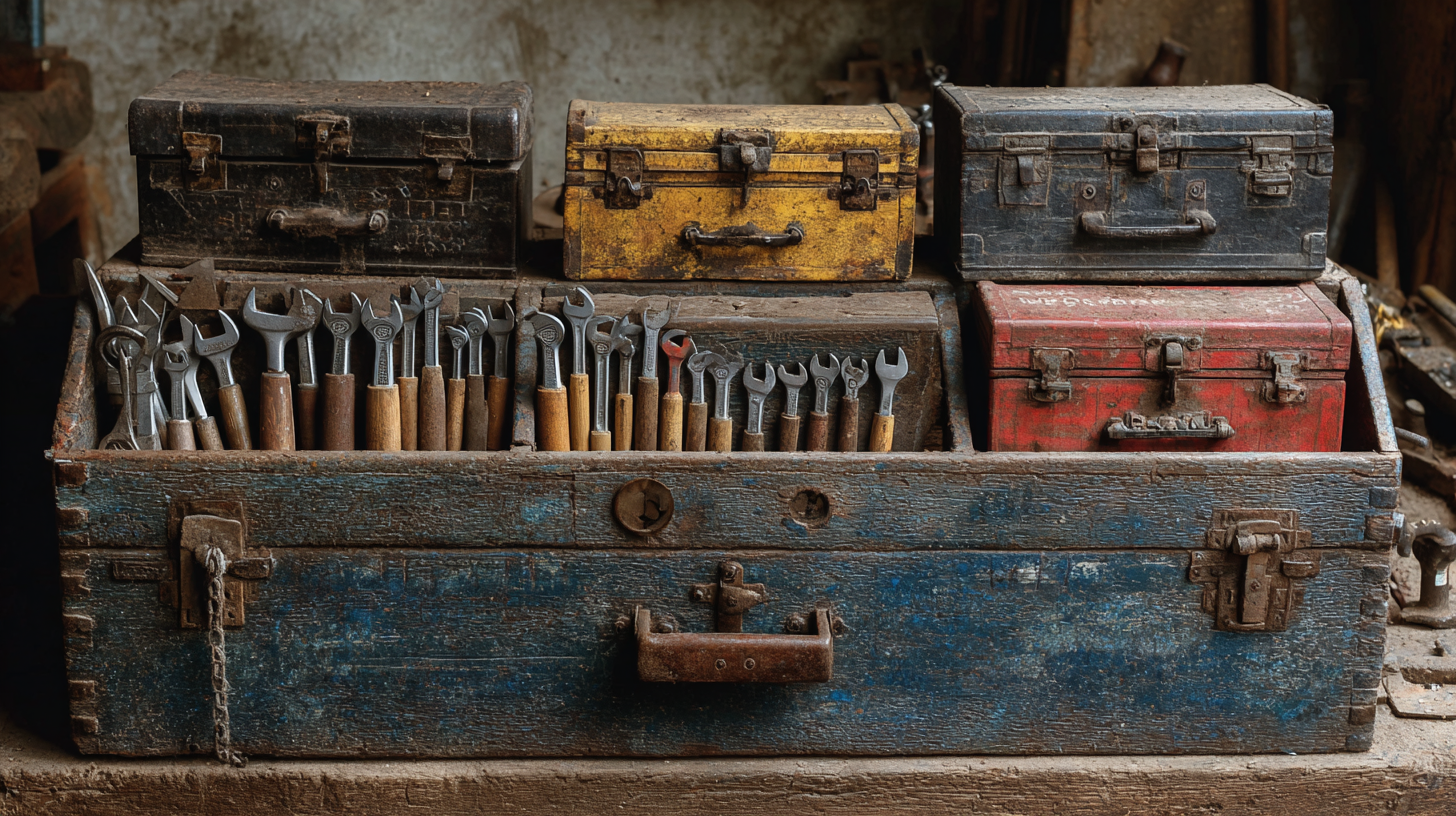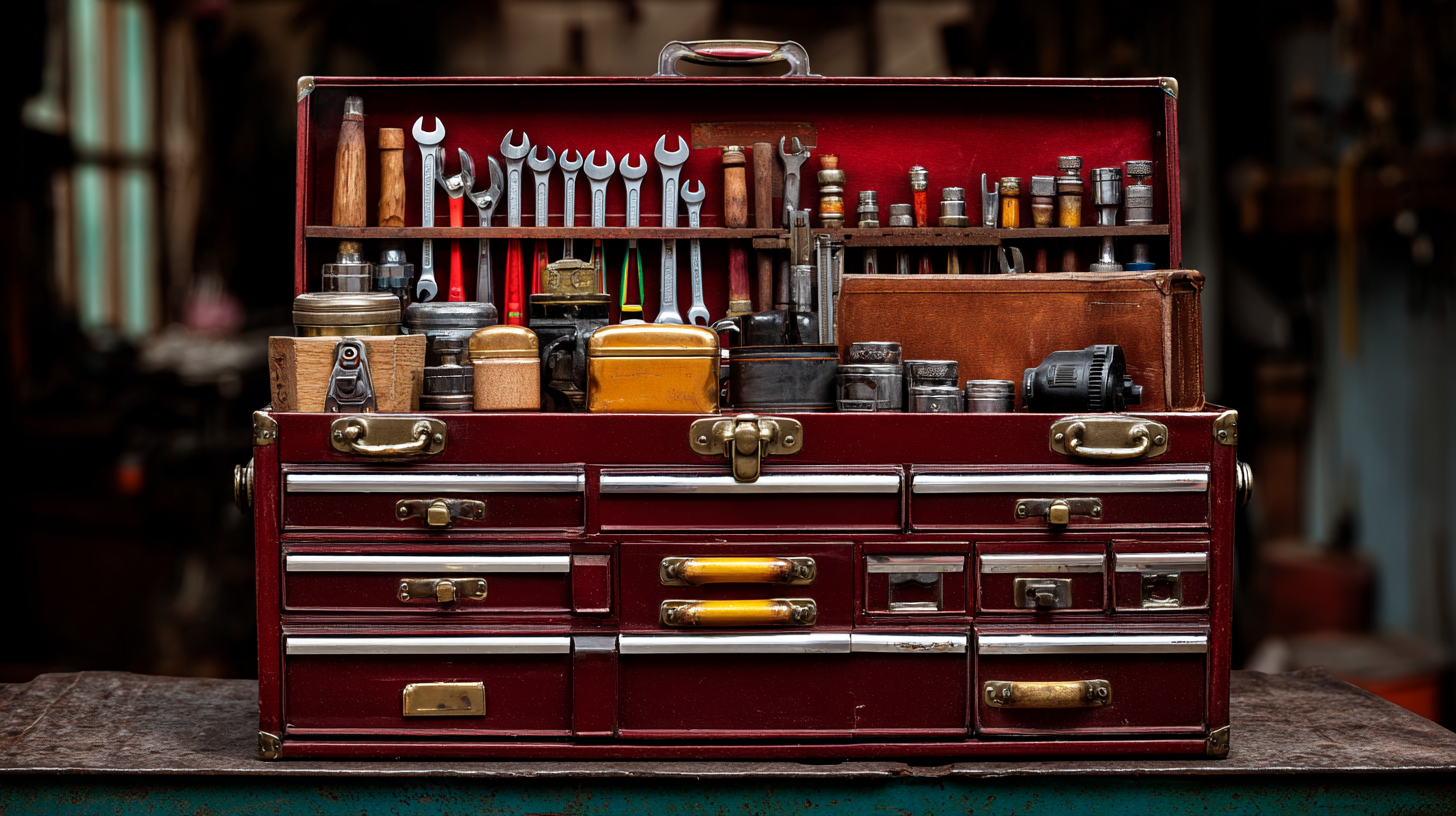As we look toward 2025, the landscape of tool chests is poised for transformation driven by technological advancements, evolving consumer needs, and shifting global trade dynamics. For both seasoned professionals and hobbyists, tool chests are no longer just storage units; they have become integral to optimizing workflow and enhancing efficiency in various industries. With increasing globalization, buyers must navigate through complex import and export certifications, ensuring compliance while sourcing the best products for their needs. This blog aims to provide valuable insights into the future of tool chests, exploring innovative designs and features that will emerge, as well as a practical checklist for global buyers to consider when making their purchases. Join us as we delve into the anticipated trends and essential guidelines to empower your tool chest investments in the coming years.

As we approach 2025, the tool chest market is on the brink of exciting innovations designed to enhance functionality, organization, and user experience. Manufacturers are increasingly focusing on ergonomics, using lightweight materials for easier mobility while ensuring durability. Tool chests are now designed not only for traditional use but also as part of integrated workstations, allowing for seamless workflow in various environments.
When considering a purchase, buyers should look for features that cater to modern needs. For instance, built-in charging ports and smart technology integration are becoming essential for on-the-go professionals. This ensures that tools and devices remain charged and accessible, a must-have in a fast-paced work environment.
Another valuable tip is to prioritize storage versatility. Modular designs that allow for customizable configurations can accommodate diverse tools and equipment, making the tool chest more functional over time. Additionally, consider the mobility of the unit; tool chests with durable wheels and handles are preferred for easy transport between job sites. Being proactive in evaluating these features can significantly enhance usability and efficiency in 2025.
As we look toward 2025, the global demand for tool chests is expected to rise significantly, driven by advancements in technology and the growing emphasis on DIY projects and renovations. A comprehensive market analysis reveals that consumers are more inclined towards organizational tools that enhance productivity and efficiency. With the proliferation of smart home solutions and the increasing number of skilled people engaging in home improvement activities, tool chests are becoming essential fixtures in both professional and personal workshops.
Key regions witnessing substantial growth include North America and Asia-Pacific, where the construction and automotive industries are expanding rapidly. Manufacturers are adapting to these trends by innovating their product offerings, ensuring that tool chests not only serve as storage solutions but also incorporate features that allow for easy access and mobility. This shift indicates a broader focus on quality, customization, and the integration of technology, positioning tool chests as critical investments for buyers looking to optimize their working environments.

As we approach 2025, sustainability in tool chest manufacturing is becoming increasingly pivotal for global buyers. With growing awareness around environmental issues, manufacturers are shifting their focus to eco-friendly materials and practices. According to a recent report by Grand View Research, the global eco-friendly products market is expected to reach USD 150 billion by 2025, indicating a robust demand for sustainable options in various industries, including tools and hardware. This trend is being echoed in the tool chest sector, where companies are incorporating recycled metals, bamboo, and non-toxic finishes into their products.
Moreover, the tools and hardware market is witnessing a significant transformation driven by innovative manufacturing practices. A study from the World Economic Forum highlights that adopting sustainable manufacturing can reduce carbon emissions by up to 25%. Tool chest manufacturers are exploring ways to minimize waste and energy consumption, with some leading companies reporting a decrease in resource usage by incorporating lean manufacturing techniques. As buyers increasingly prioritize sustainable practices, they will need to evaluate suppliers not just on product quality, but also on their environmental impact and commitment to sustainable development.
As we look toward 2025, the evolution of tool chests is set to redefine how professionals and DIY enthusiasts manage their tools. The integration of smart features into these essential storage units is at the forefront of this transformation. With advances in IoT technology, tool chests will soon be equipped with sensors that monitor inventory levels and track usage patterns. This innovation will allow users to keep precise tabs on their tools, ensuring they are always prepared for any project.
Moreover, the future tool chest is expected to feature connectivity options, enabling users to sync their storage system with smartphones and tablets. Imagine receiving alerts when a tool is missing or reminders to restock consumables. Additionally, the incorporation of augmented reality (AR) could provide users with instant visual guidance for tool organization and selection. As these technological advancements make their way into the market, global buyers should prepare to embrace a new standard of efficiency and convenience in tool management. The tool chest of the future promises not just improved functionality, but also an intelligent approach to craftsmanship.

As we approach 2025, the landscape of tool chest purchases is evolving, driven by changing consumer preferences and technological advancements. A recent report by MarketsandMarkets estimates that the global tool storage market will grow at a CAGR of 5.6%, indicating a strong demand for innovative and functional tool chests. This growth is primarily influenced by the increasing DIY home improvement trends and the rising number of professionals in construction and craftsmanship, seeking reliable storage solutions.
When it comes to purchasing decisions, buyers are placing emphasis on several key factors. Durability stands as a top criterion, with 68% of consumers prioritizing materials that can withstand wear and tear, as highlighted by a Home Improvement Research Institute survey. Furthermore, the design and organization features of tool chests are becoming crucial, with 52% of consumers indicating that modular designs and customizable storage compartments significantly influence their buying choices. Lastly, in an age where sustainability matters, 43% of global buyers are more inclined towards brands that promote eco-friendly materials and manufacturing processes, aligning with a broader shift toward environmentally responsible purchasing.
